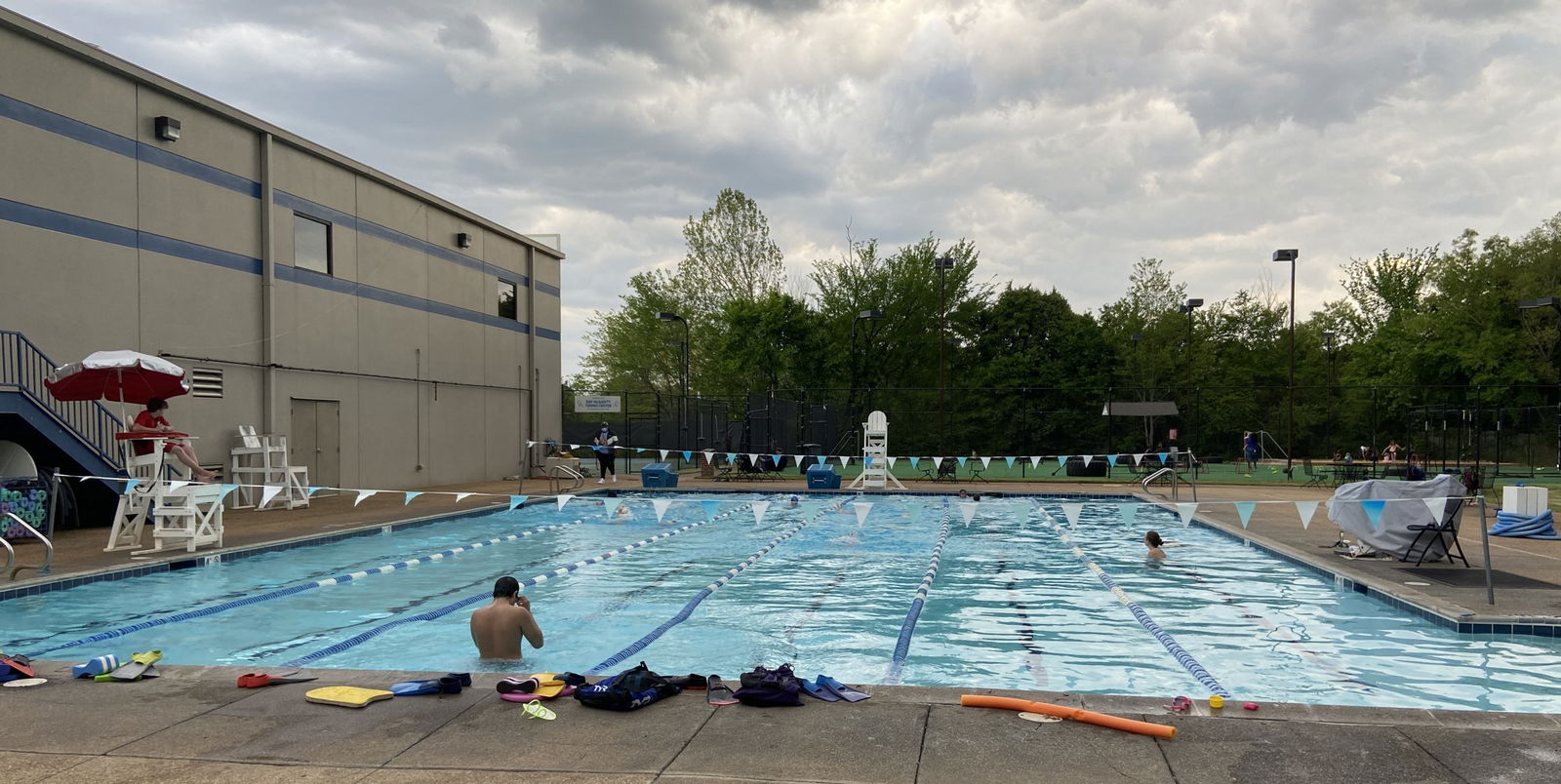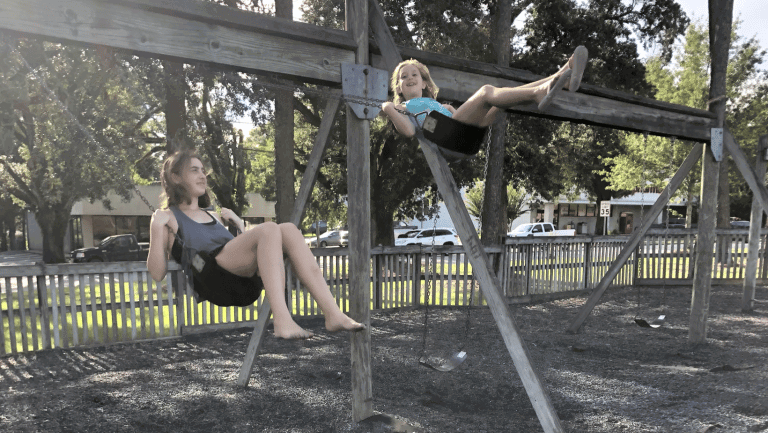Swim Basics
With the summer coming up, and all the pools you can possibly go to (see also our splash pad guide for more summer fun!) you may wonder, how can I help my child learn how to swim? I highly recommend putting them in swim lessons in addition to swimming with them on your own. Participation in formal swimming lessons was associated with an 88% reduction in the risk of drowning in the 1- to 4-year-old children. I currently work as a swim instructor at the Cordova YMCA, and I wanted to share with you of what I teach and why I teach it, so that you can help your child in the water. Private and group lessons start at the age of 6 months and go up all the way to adults. You are never too young or too old to learn!
*Disclaimer: This post is not an ad for swim lessons; it is written from my personal experience as a swim instructor.

There are 6 stages I work with: Water Discovery and Water Exploration (caregiver & child lessons), Water Acclimation (1), Water Movement (2) Water Stamina (3) (these are the main and basic stages for preschool and school-aged kids), Stroke Introduction (4), Stroke Development (5) and Stroke Mechanics (6). Most of my time is spent in stages 1 through 3, which are focused on water safety, while stages 4 through 6 are focused on stroke development. I like teaching all stages, but I love the caregiver & child classes the most, just because I bring Nora (my own toddler) with me to demonstrate to the class how to do certain things. Below, I will be highlighting the basics skills I focus on in stages 1 through 3, so you can get an idea of how to help your own kids get more comfortable in the water.
Skill 1: Blowing bubbles
As an introduction, I teach blowing bubbles first. The importance of that is so that your child won’t swallow the water and keep their mouth open, but blow bubbles instead. They puff their cheeks out (like a ‘chipmunk’) and blow like they’re blowing out a candle. You can play many fun games with this skill. When the children are ready and are able to blow bubbles, they will submerge their whole heads and blow bubbles while underwater.
Skill 2: Front Glide/Front Float
The second skill I teach is front glide/front float. At the preschool age, I use flotation belts to assist them in becoming horizontal in the water. I also use a long dumbbell bar that I put under their armpits so they can float better (you can also do this while holding your child; equipment is optional). The key with teaching this skill is for the children to become horizontal in the water and being able to kick with straight legs, as these are the basics for learning the main strokes.

Skill 3: Back Float/Back Glide
For this skill I use the same equipment as the front glide, but have children lying on their backs instead (again- you can also do this while holding your child; equipment is optional). The key here is that they poke their bellies out of the water and look straight up into the sky with their ears in the water. Once they have that position down, they can slowly start to kick with their legs straight, making a little “water fountain” with their feet.
Skill 4: Rollercoasters
I call this skill rollercoasters to make it more fun for the kiddos. This is a roll from back to front to back. I hold the child steady on their back, then flip them over to their front (with face in the water if possible) and immediately flip them back to their backs to have them complete the roll. In stages 2 and 3, children start doing this unassisted. If they can float on either side very well, they can do the roll. For more advanced swimmers, you can have them swim on their front (front glide), then swim on their back (back glide) and then swim on their front again (front glide). This, we call swim-float-swim. We do this so that when kids fall in the water, they will be able to float and roll to their backs so they can wait for help to arrive.
Skill 5: Water exit and Jump-push-turn-grab
Teaching kids how to get out of a pool is important, in case there aren’t any stairs or ramps available. They can get out by going elbow-elbow-tummy-knee. You can make it a game by seeing how fast they can climb out, and going underwater while counting and waiting for them to get out in the amount of seconds they told you.
If kids ever fall in the water, they also need to know how to get back to the wall. Therefore it is important to teach them to jump (fall) in, push off the bottom of the pool, then turn around to grab the wall. This is an important skill to learn, as it helps kids know what to do if they were to ever fall into a body of water.
Hopefully after reading this, you feel more prepared to be in the water with your kids. You can help them to blow bubbles, float on their front and on their back, do “rollercoasters,” climb out, and jump-push-turn and grab.










This was a great article!